Brief analysis of electric vehicle dynamic charging technology
Charging is like a bug for electric vehicles. If one day, electric vehicles
get rid of the shackles of charging piles and don’t need to look for charging
piles everywhere, it would be great if charging is more convenient than
refueling. Seeing this, everyone should understand the topic to be discussed
today
Charging is like a bug for electric vehicles. If one day, electric vehicles
get rid of the shackles of charging piles and don’t need to look for charging
piles everywhere, it would be great if charging is more convenient than
refueling.
Seeing this, everyone should understand the topic to be discussed today,
wireless charging. However, unlike wireless charging in a parking space, what we
are going to discuss today is the technology of charging while driving. Of
course, it also has a very academic name called Electric Vehicle Dynamic
Charging (DEVC) technology.
Imagine that electric vehicles can be charged on the road every day without
deliberately charging, which brings many benefits. First of all, the battery can
be lightened, because the car can be charged anytime and anywhere, so a
large-capacity battery is not so necessary, and the load of the vehicle is also
reduced.
Secondly, there is no need to wait for charging. At present, the charging
of electric vehicles cannot be as convenient as refueling gasoline vehicles, but
wireless charging can be charged while driving, reducing time costs. Finally,
the mileage problem was solved. The mileage of electric vehicles was extended
wirelessly, and the problem of mileage anxiety disappeared.
Low temperature lithium iron phosphate battery 3.2V 20A -20℃ charge, -40℃
3C discharge capacity ≥70%
Charging temperature: -20~45℃ -Discharging temperature: -40~+55℃ -40℃
supports maximum discharge rate: 3C -40℃ 3C discharge capacity retention
rate≥70%
Click for details
Sound like a fantasy? In fact, in theory, it is not difficult to implement,
let's first understand its principle.
1. What is wireless charging?
Let's start with wireless charging. We understand that wireless charging
relies on electric current and magnetic field. Electricity and magnetism, the CP
who love and kill each other, often do things together.
In 1819, the Danish scientist Oster observed that if a current is passed
through a wire, a magnetic field will be generated around it. Later, it was
discovered that if the wires are formed into rings or even coils, the generated
magnetic field will be stronger and more concentrated, which is called the
current magnetic effect.
In 1831, Faraday discovered that if a magnet or other source of magnetic
field is brought close to a coil without current, an induced current will be
induced in the coil, which is called electromagnetic induction.
Low temperature high energy density 18650 3350mAh-40℃ 0.5C discharge
capacity ≥60%
Charging temperature: 0~45℃ Discharging temperature: -40~+55℃ Specific
energy: 240Wh/kg -40℃ discharge capacity retention rate: 0.5C discharge
capacity≥60%
Click for details
So how to use electricity and magnetism to output current to us stably?
We need two coils, electrify one coil, then there will be a magnetic field
around this coil; then we will put the other coil close, then this coil will
have current. The current is guided into the battery, and wireless charging can
be completed.
Applied to the automotive field, this is electromagnetic induction wireless
charging.
We pass alternating current to the coil located on the ground. As the
magnitude and direction of the current change, the strength and direction of the
magnetic field around the coil also change continuously, forming an interactive
magnetic field. At this time, the coil of the vehicle chassis is in a constantly
changing magnetic field, and an alternating current will be generated inside the
coil, which will be rectified by a series of circuits to charge the battery.
2. Wireless charging forced out of obsessive-compulsive disorder
Electromagnetic induction wireless charging is a technology that major car
companies prefer to use in the early stages of wireless charging research.
Automobile companies such as Mercedes-Benz, Audi, and Volvo have all
developed a number of electromagnetic induction wireless charging models.
There will be something that looks like a mat on the parking space, but it
is actually a primary coil that is used to generate a magnetic field. The
chassis of a vehicle that can be used for wireless charging will also have a
coil, which we call a secondary coil, to induce current.
However, electromagnetic induction wireless charging has a big
disadvantage, that is distance. If this technology wants to induce current, the
two coils must face each other perfectly. Once there is a deviation, the current
will not initiate.
Therefore, such technology often needs to be paired with precise automatic
parking technology to allow the vehicle to park just above the wireless charging
mat.
Does it sound like a hassle? This is the rhythm to make everyone practice
Virgo OCD.
Therefore, scientists have studied another wireless charging technology,
that is, magnetic field resonance wireless charging. We know that when two
objects adopt the same vibration frequency, or resonate at a specific frequency,
they can exchange energy with each other.
Magnetic field resonance means that the primary coil initiates a magnetic
field vibrating at a fixed frequency, that is, a resonant magnetic field, and
then makes the secondary coil magnetic field vibrate at the same frequency to
initiate resonance and finally realize energy transfer.
In 2007, a research team at the Massachusetts Institute of Technology
successfully lit a 60W light bulb 2m away through an electromagnetic
resonator.
In the automotive field, Toyota experimented in 2012, adding a secondary
coil that vibrates at a certain frequency to a plug-in hybrid Prius. There is a
resonant magnetic field on the parking space, and when they both vibrate at the
same frequency, the secondary coil can convert the current of the resonant
magnetic field.
The output power of this wireless power supply system is 2kW. The frequency
band used is 85kHz, which is internationally agreed upon, and the power
transmission efficiency is about 80%.
In this verification test, the distance between the resonant magnetic field
on the ground and the secondary coil at the bottom of the vehicle is about 15cm.
The maximum permissible range of horizontal misalignment is the width of a tire
(about 20cm).
Qualcomm has also launched a wireless charging system called Halo, but it
also stays in static wireless charging.
The magnetic resonance effect is used to realize the energy transmission
between the ground charging pad and the electric vehicle charging board. The
power of this charging system can reach 20kW, and the battery pack of the Tesla
MODEL SP85 filled with 85kWh takes about 5h.
3. Let electric vehicles move
If the charging pad or resonant magnetic field is placed on the road, then
the vehicle can be charged while running, and say goodbye to the charging
pile.
In May of this year, Qualcomm used a Renault all-electric Kangoo van to
complete dynamic wireless charging road detection in Paris.
Two electric vehicles drove on this 100m-long road at different speeds and
completed charging at the same time. During the detection, the Kango rover has a
speed of 100km/h and a maximum charging power of 20kW.
The 100m-long road detection built by Qualcomm contains 4 energy supply
units, and each unit is responsible for the power supply of 25m roads. At the
same time, each 25m-long energy section has 14 sub-modules, including coils and
energy conversion circuits.
As for the cost issue, a study by Renault, Electric Power of France and the
French Northern Automobile Company pointed out that the cost of building a
dynamic charging road is 4 million euros/km (two-lane), and the price can be
said to be quite expensive.
It seems that such precious roads can only be popularized on public roads
first. In South Korea, the Korea Institute of Science and Technology (KAIST)
built a 12km-long dynamic charging road at the railway station in Gumi City in
the south. The electric buses running on it use magnetic resonance to realize
wireless charging.
After talking about foreign countries, our country's research on wireless
dynamic charging is not far behind. The more well-known one is ZTE, which has
launched the detection of wireless charging demonstration lines in Chongqing,
Hubei and other places.
Wireless dynamic charging is still in the research state, and there is
still a long way to go before large-scale popularization. If you think about it,
there are a lot of problems that have not been dealt with, such as whether the
compatibility of vehicles is consistent, whether the road is open or closed, and
whether the current of the road can load multiple vehicles for charging? There
is also road monitoring and maintenance. These are all obstacles to wireless
dynamic charging, but technology is always developing. Believe in the power of
technology, charging problems will always be solved. Charging electric cars
while driving is definitely not a dream.
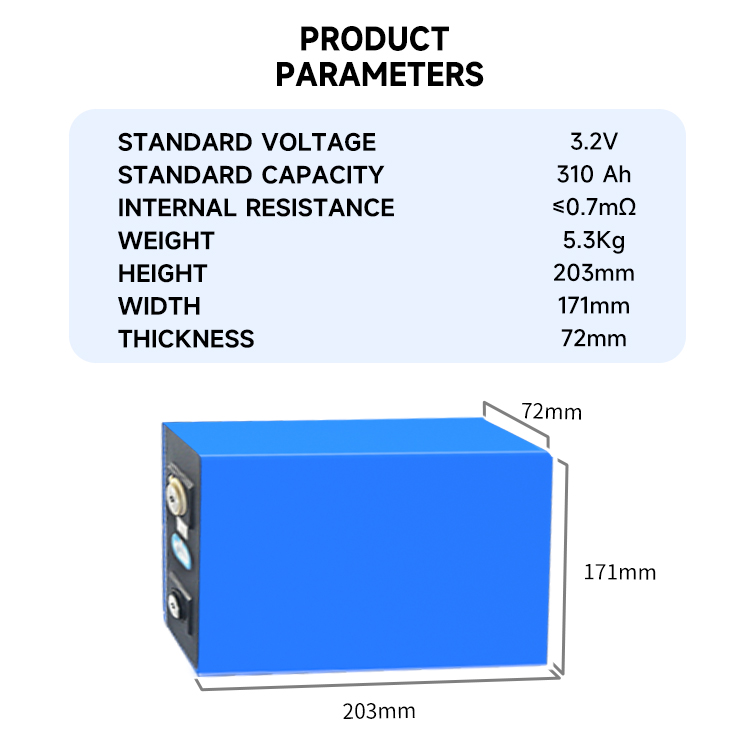

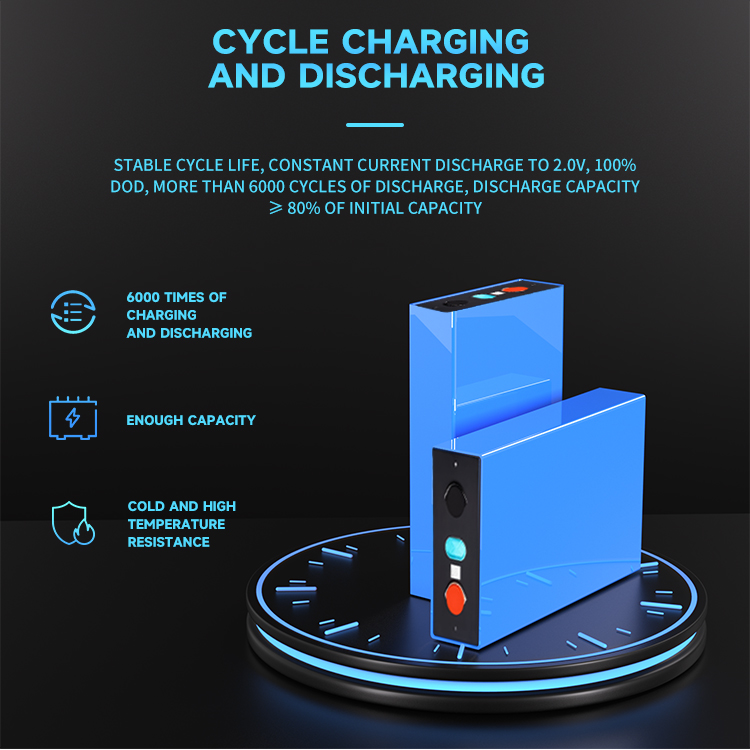
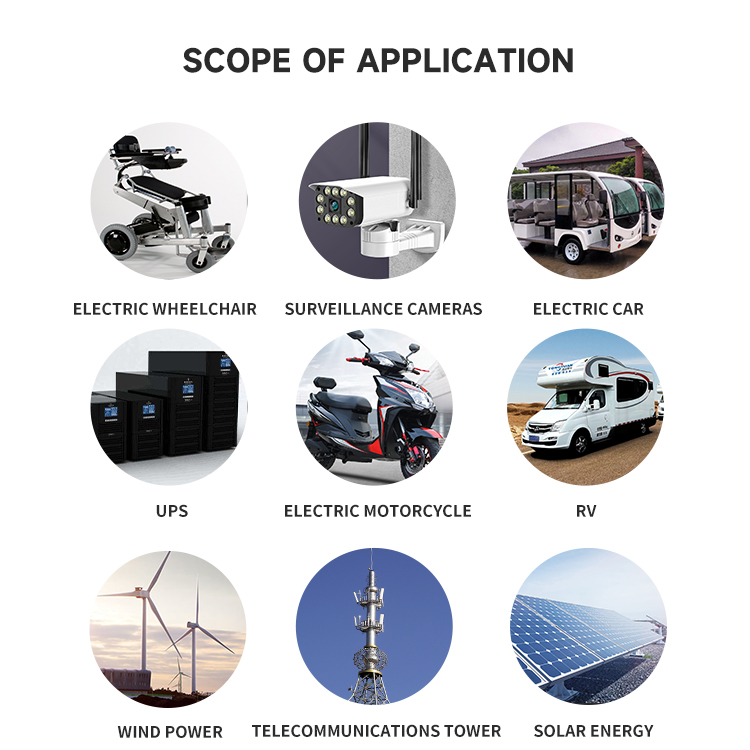

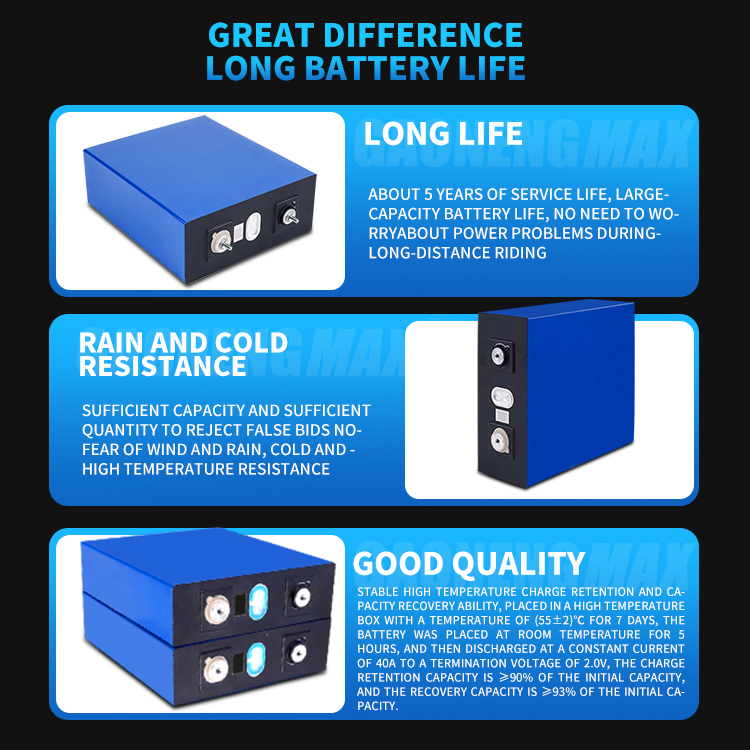
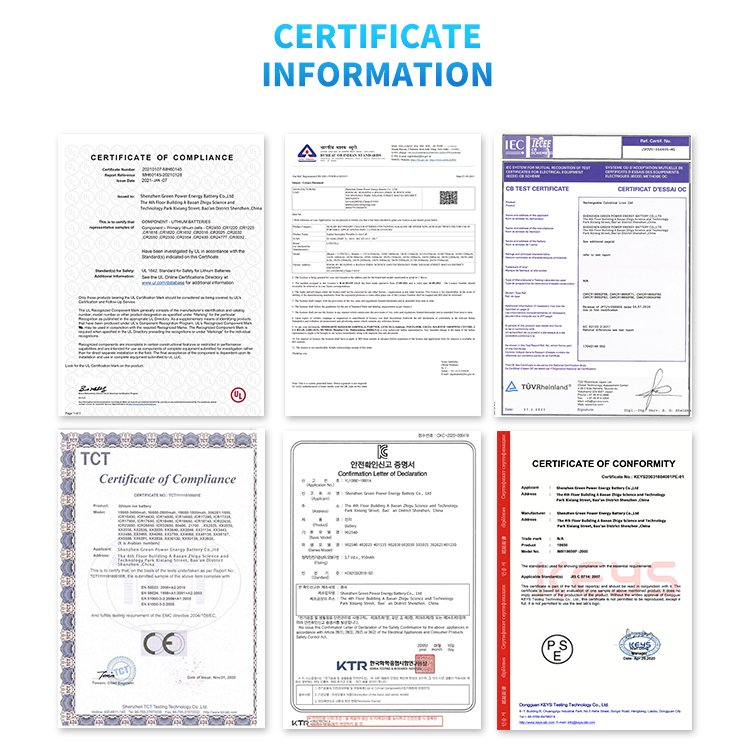

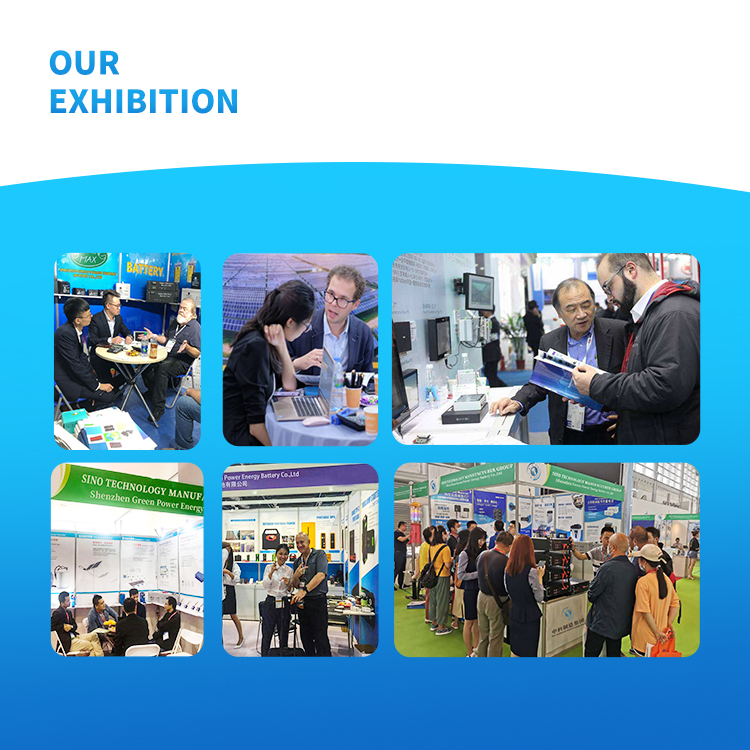

































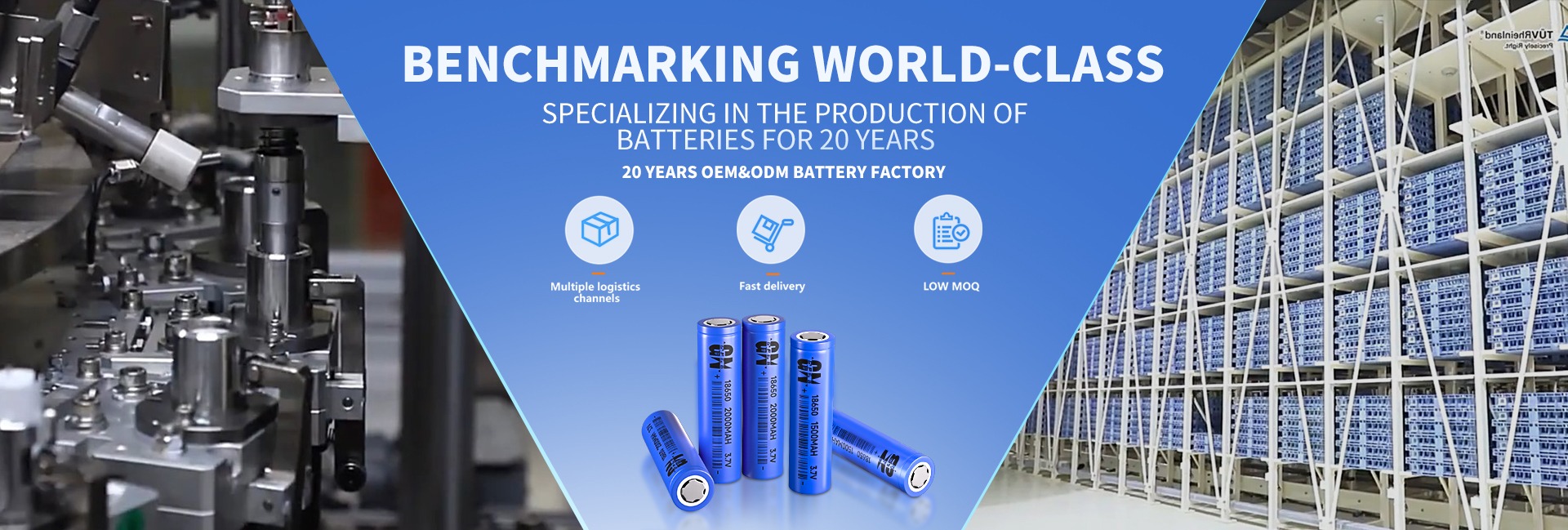
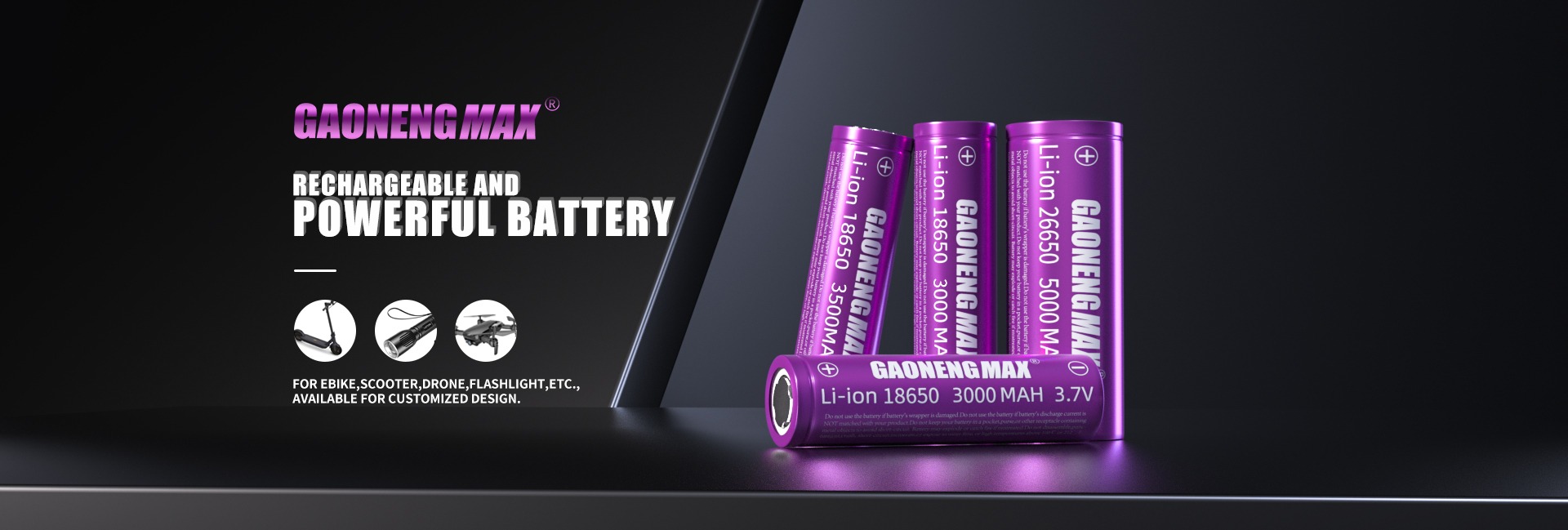
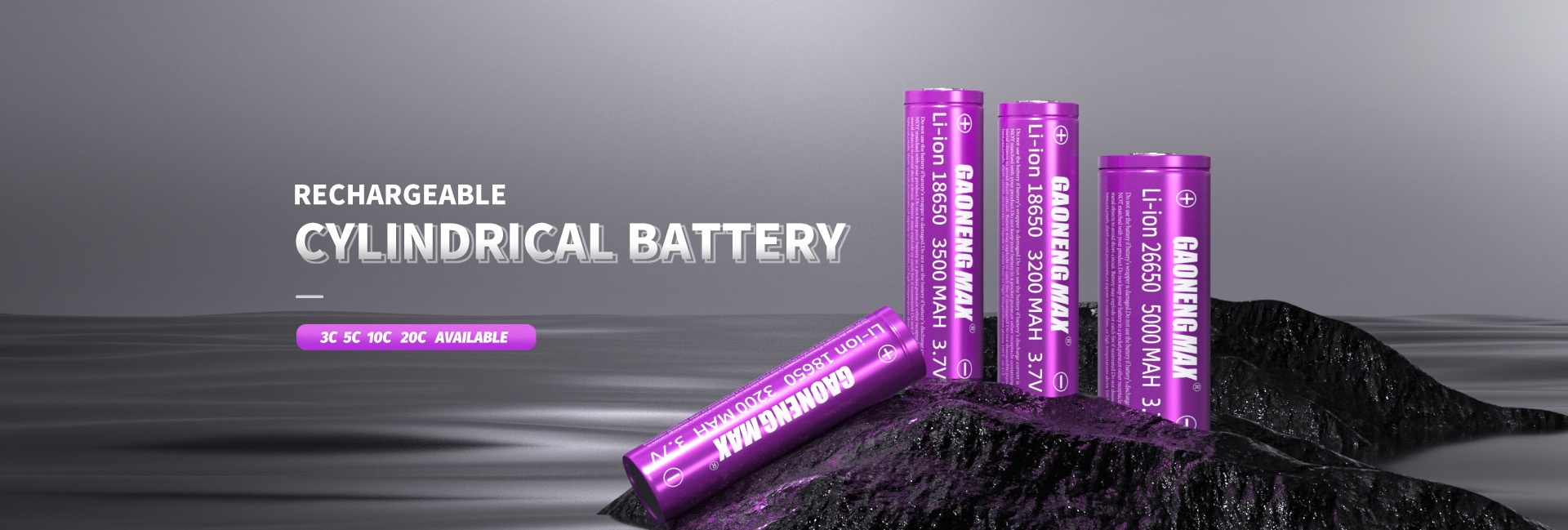
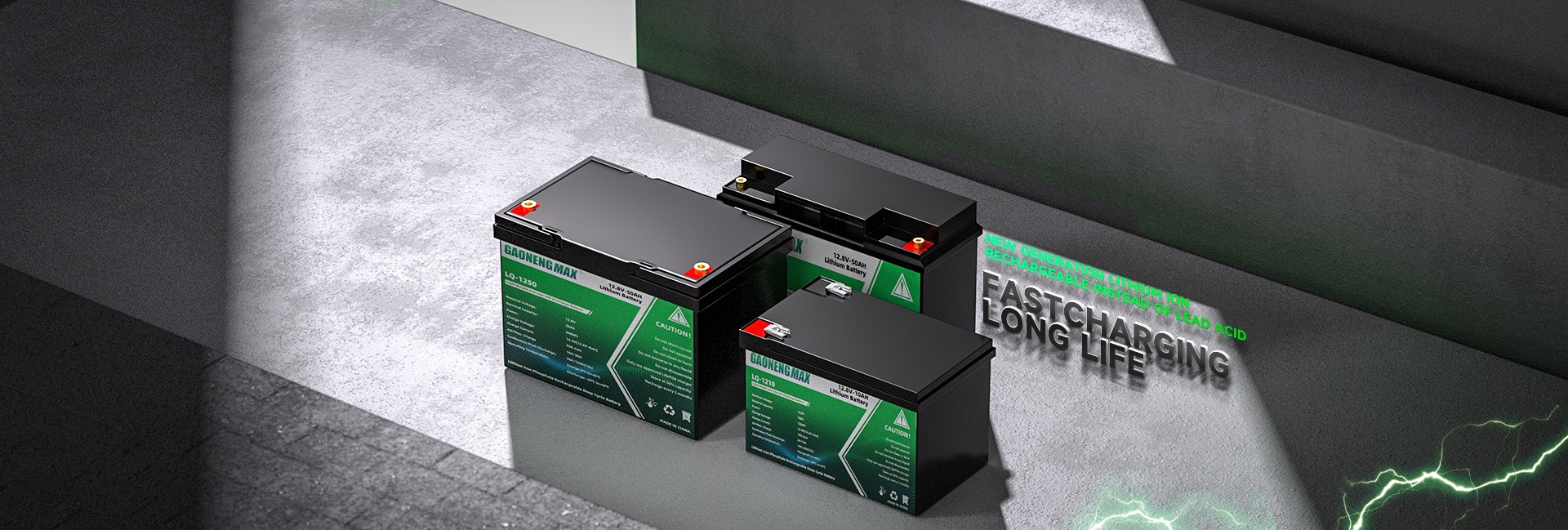



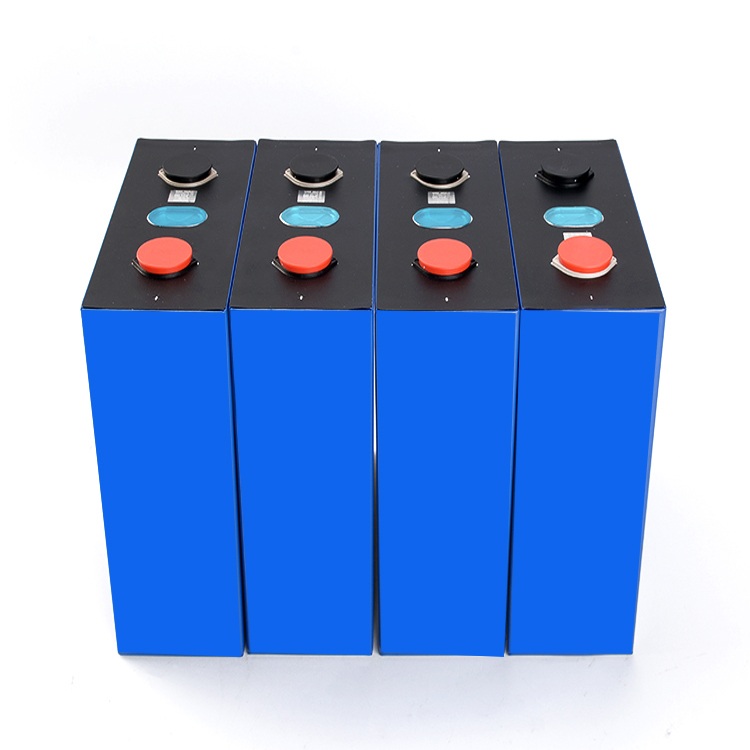
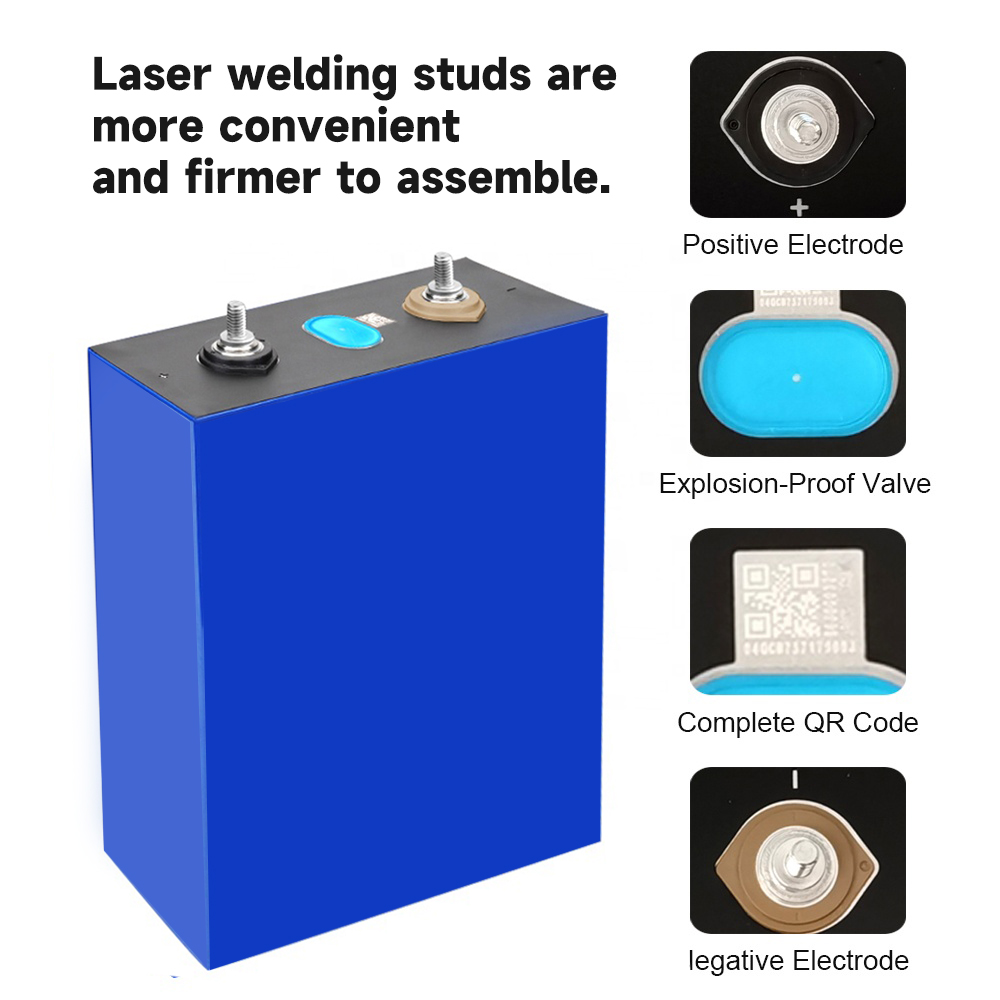
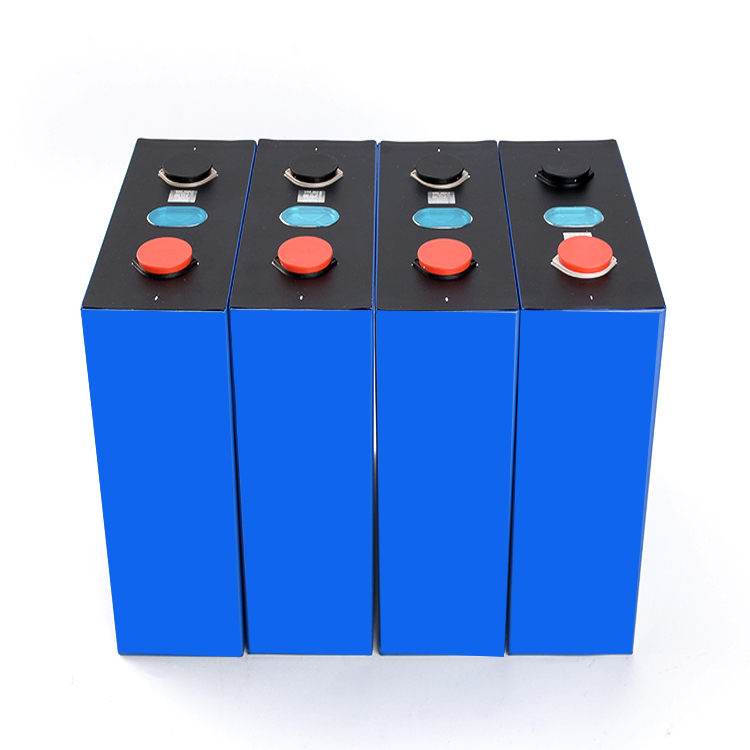


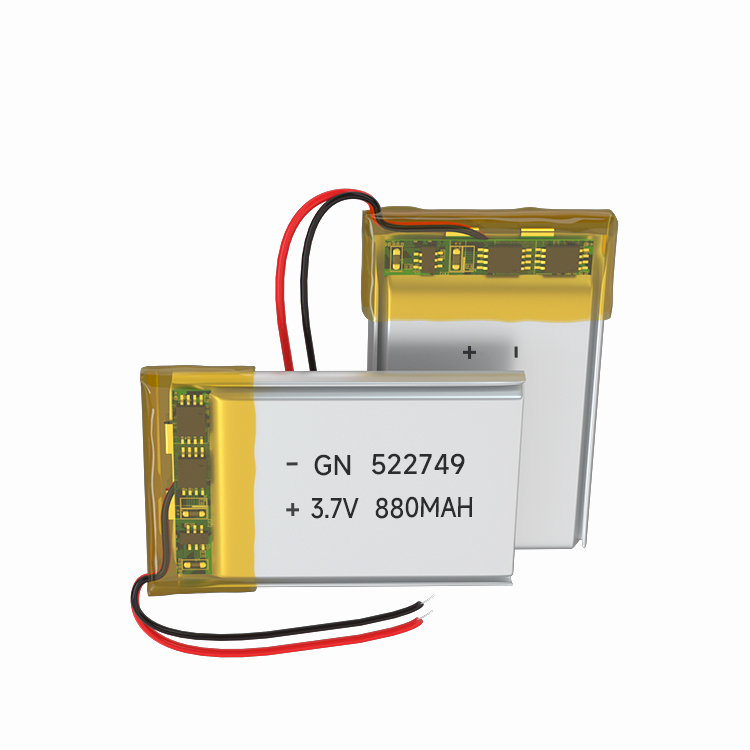

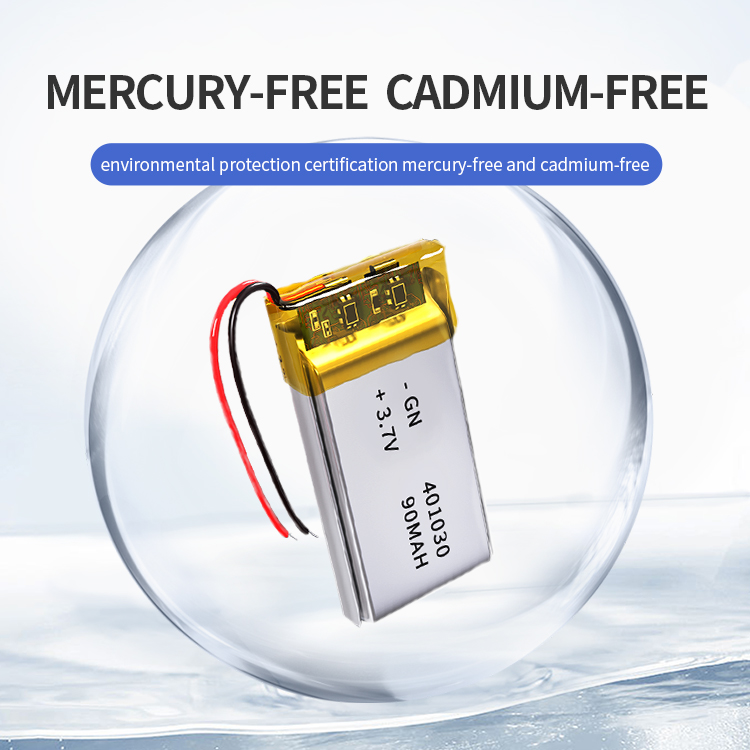

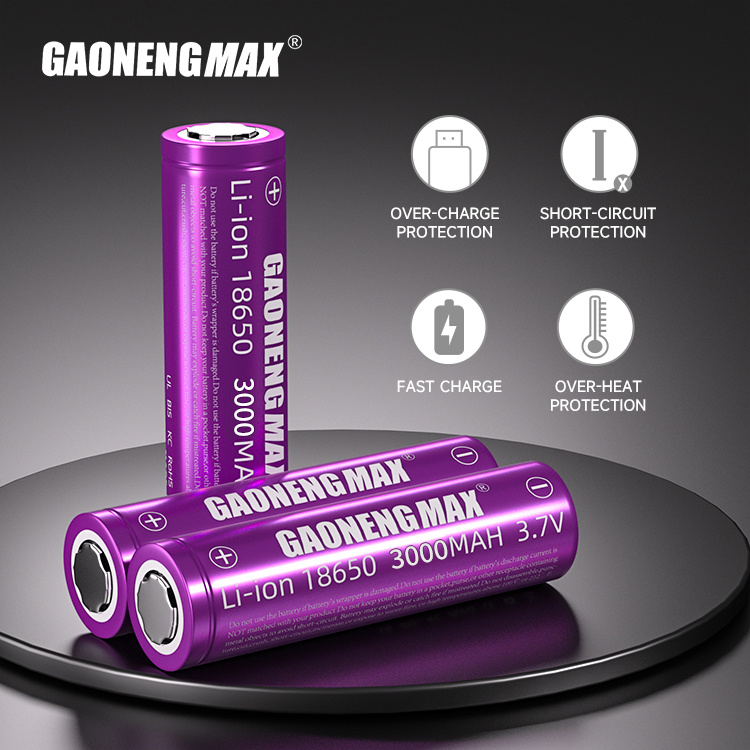
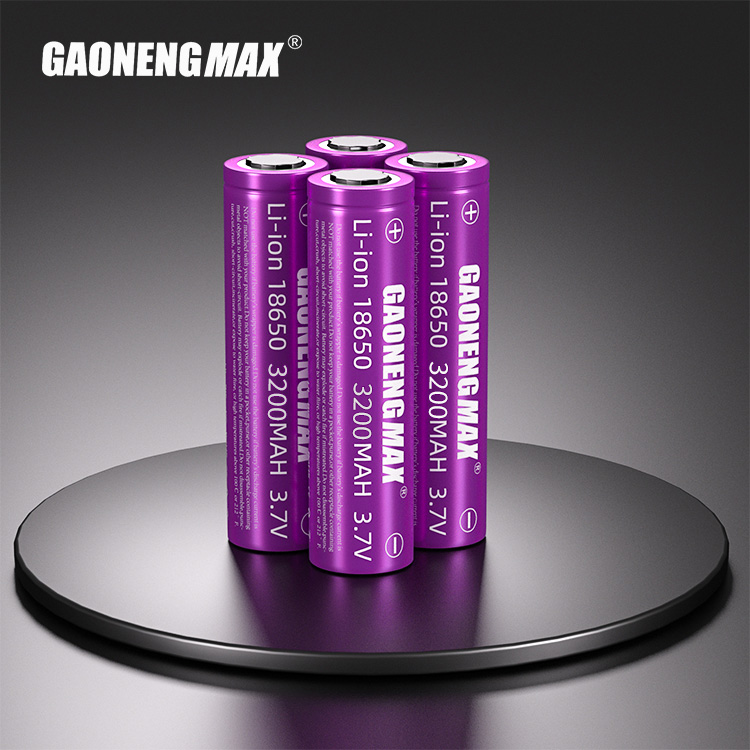
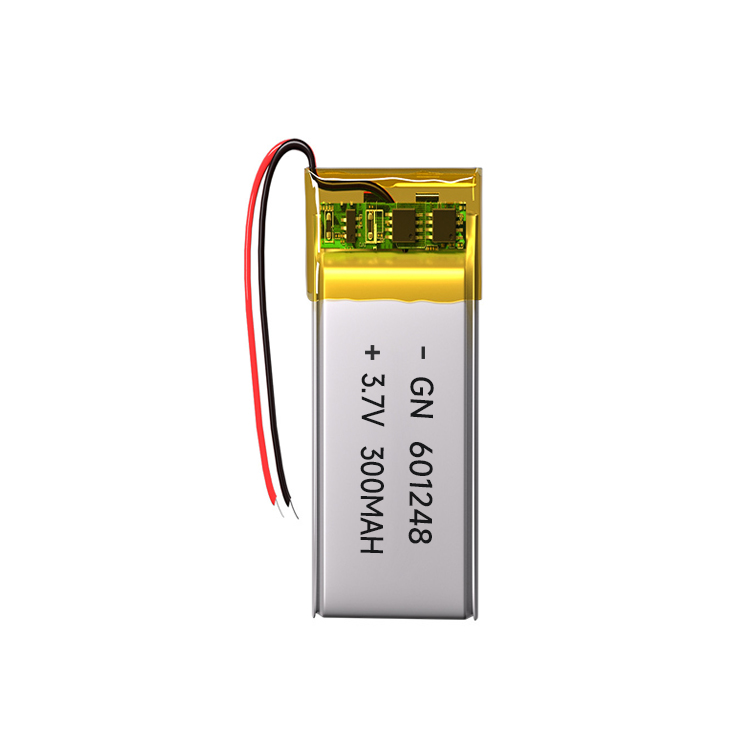
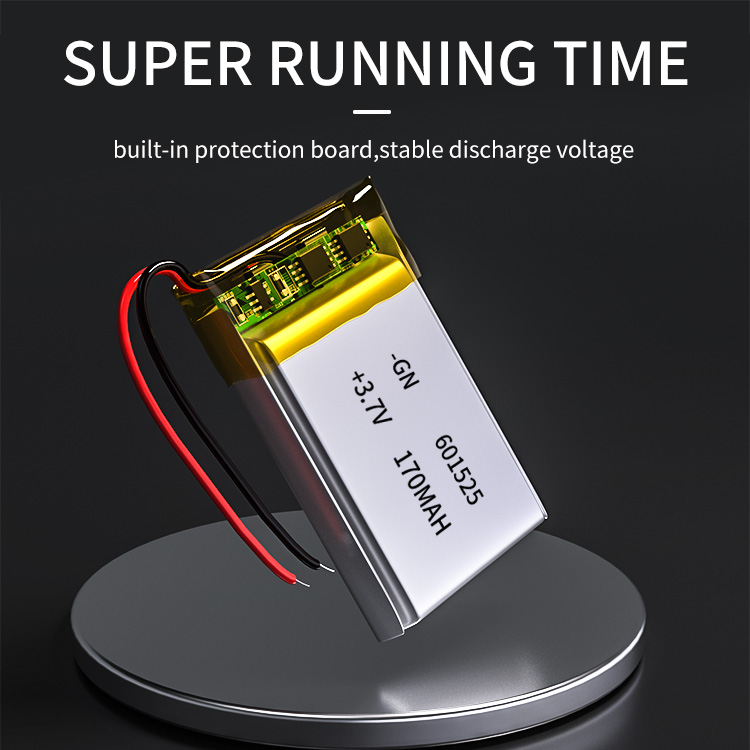
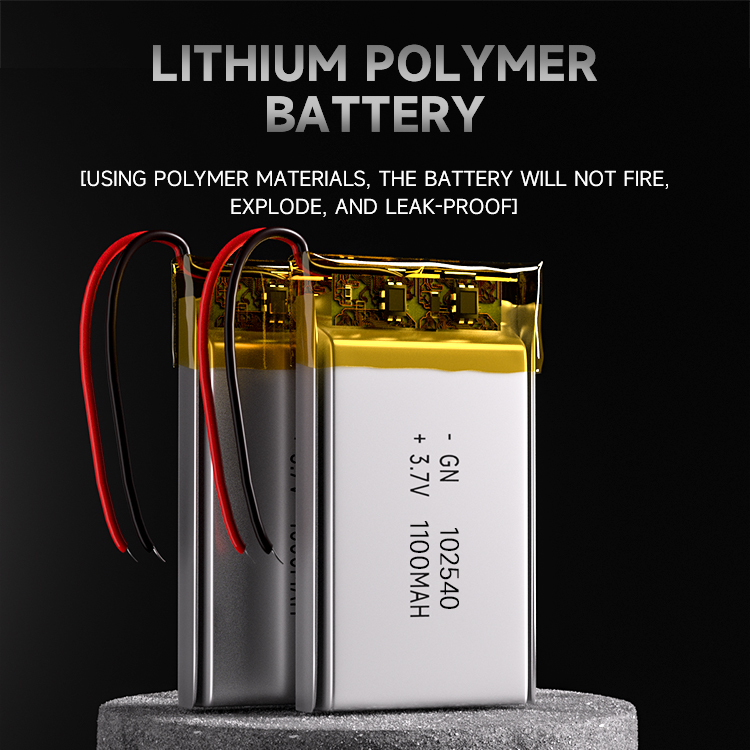

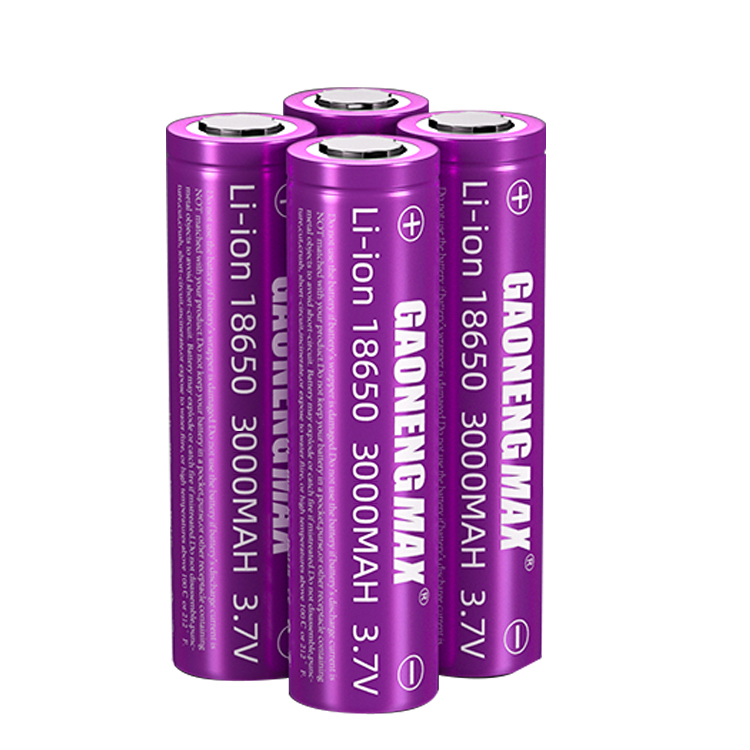
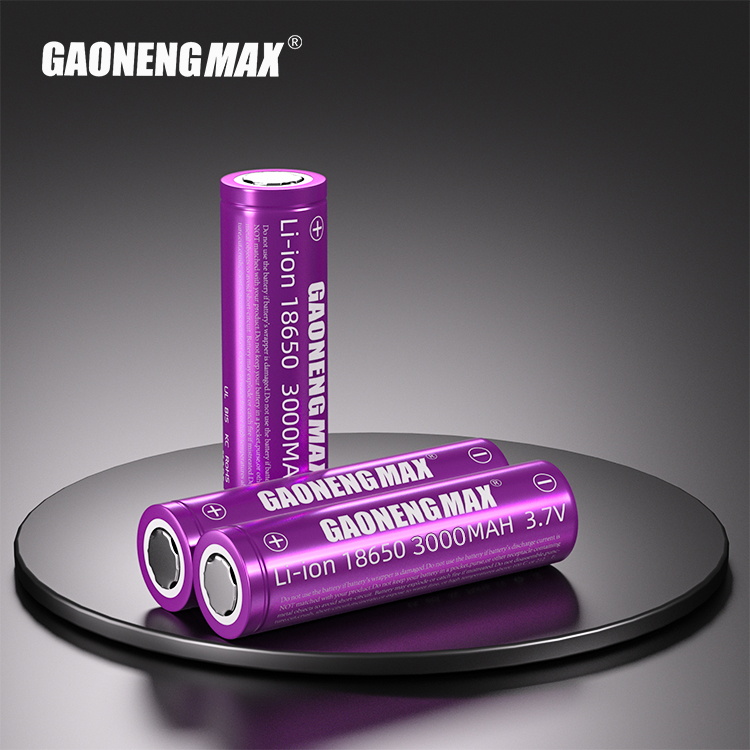
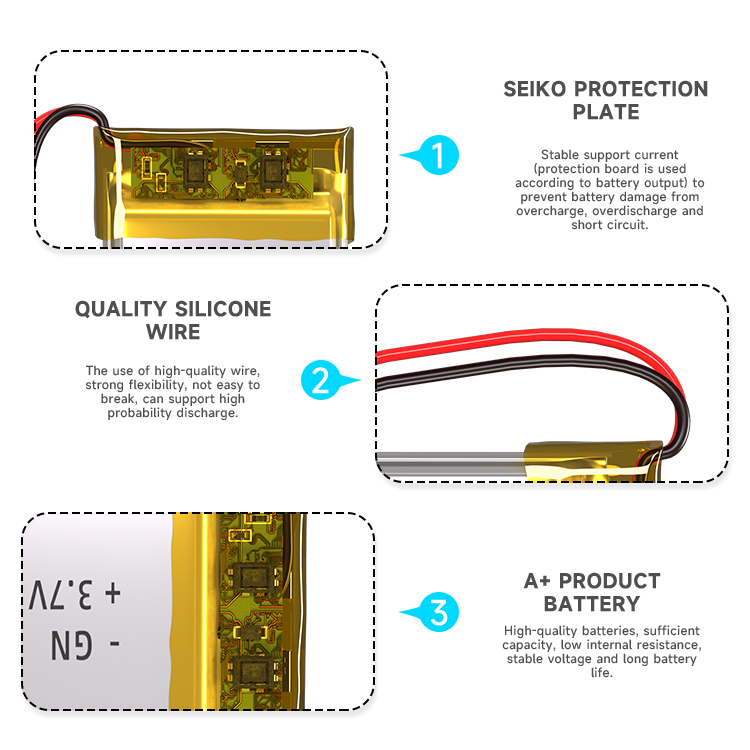

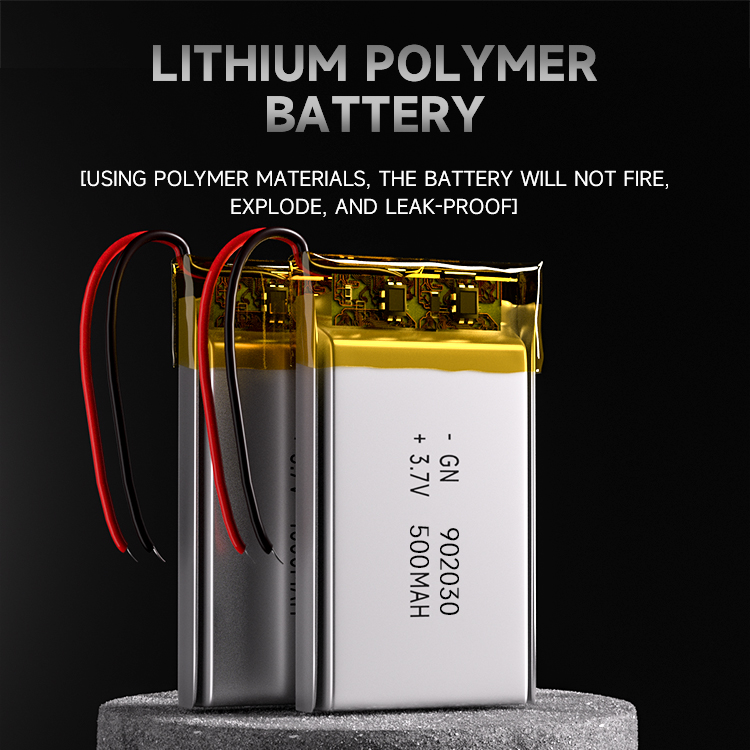
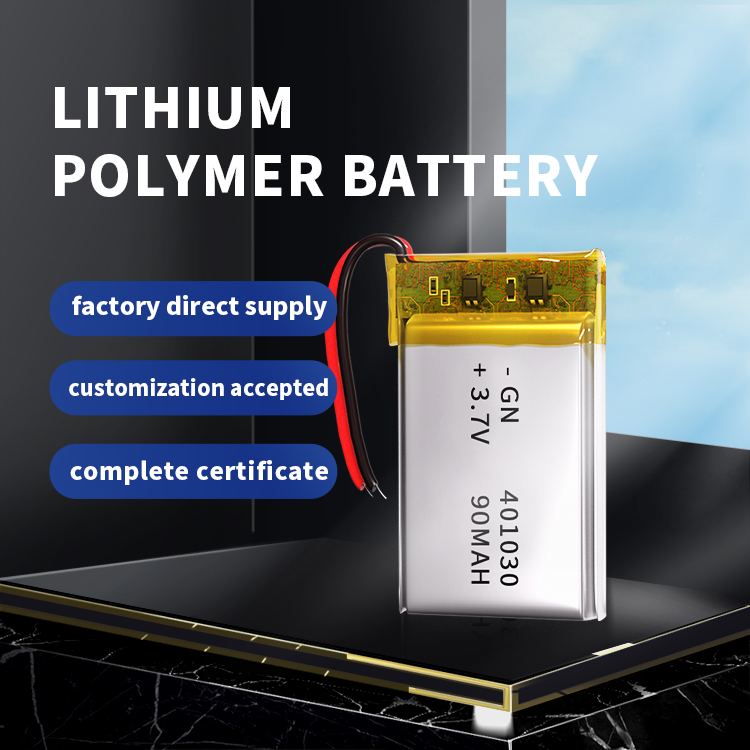
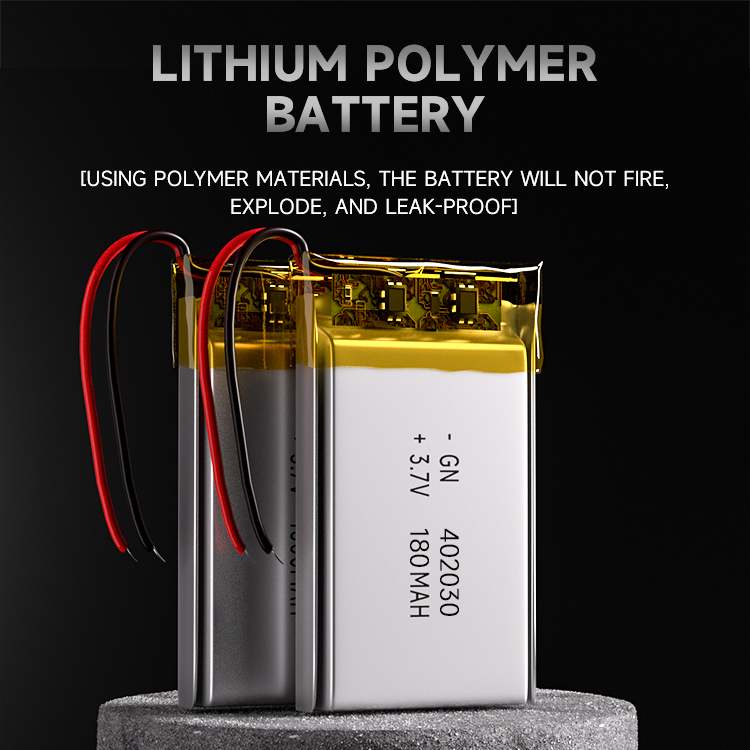
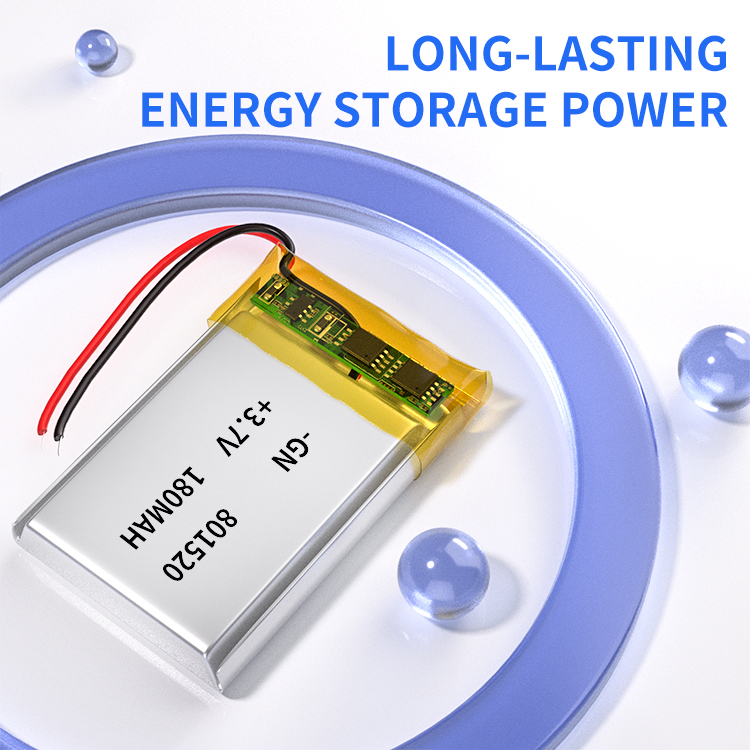
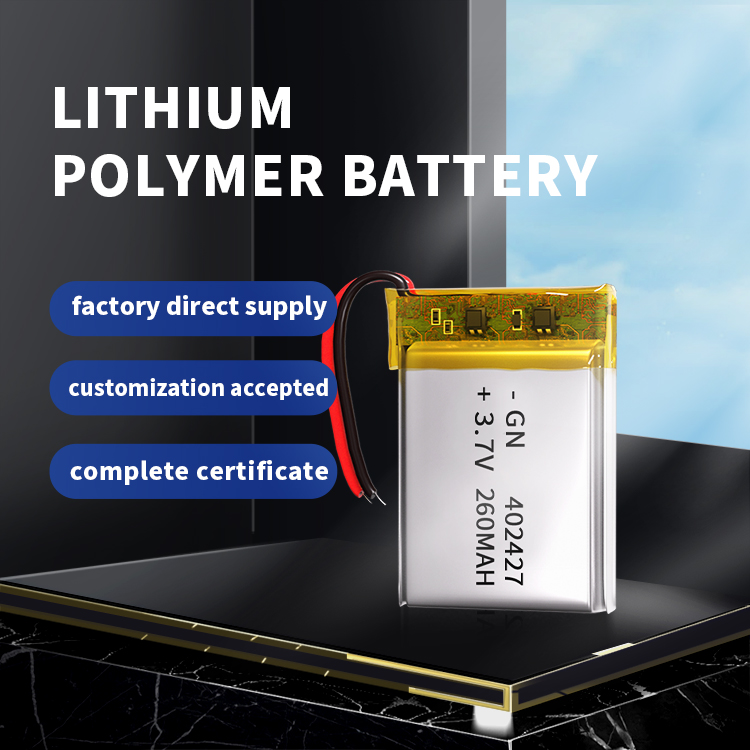


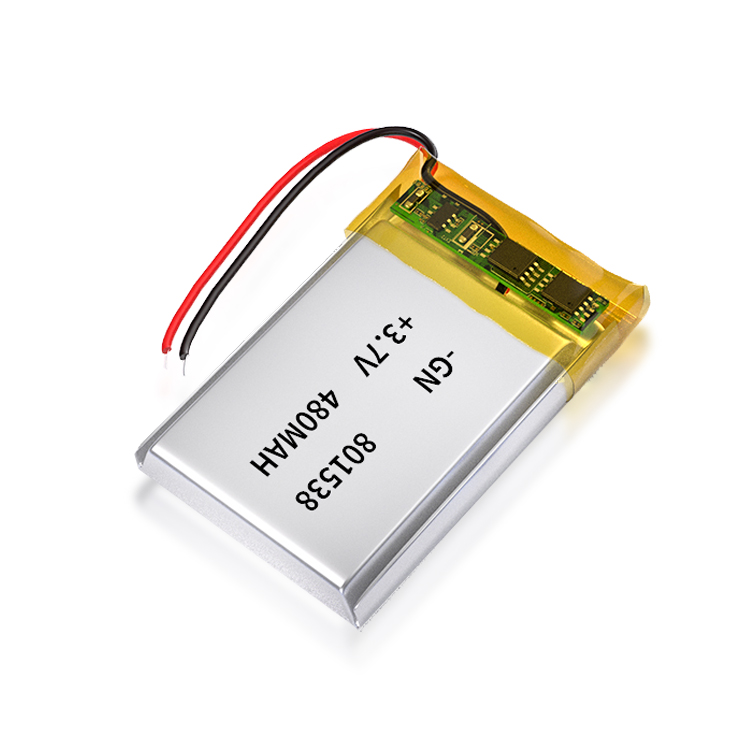
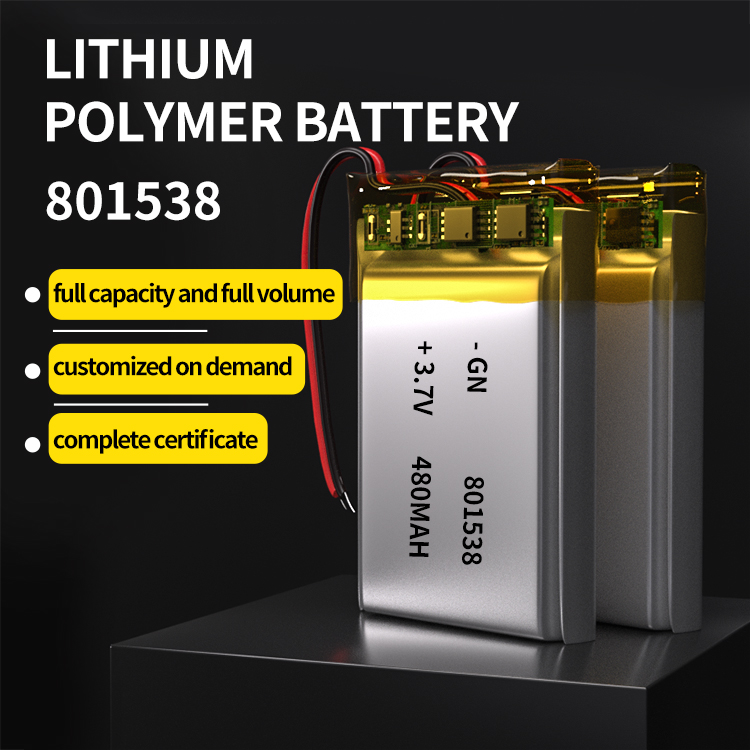










 360° FACTORY VR TOUR
360° FACTORY VR TOUR
 Whatsapp
Whatsapp
 Tel
Tel Email
Email TOP
TOP